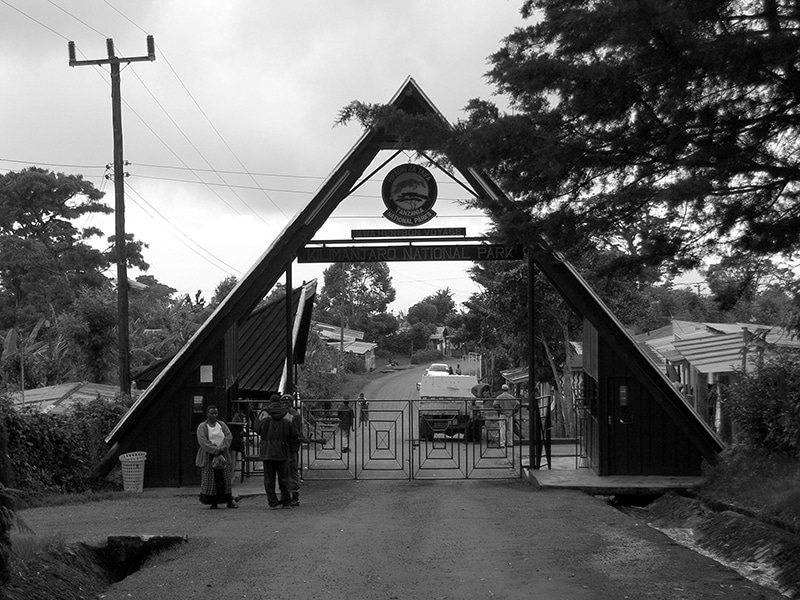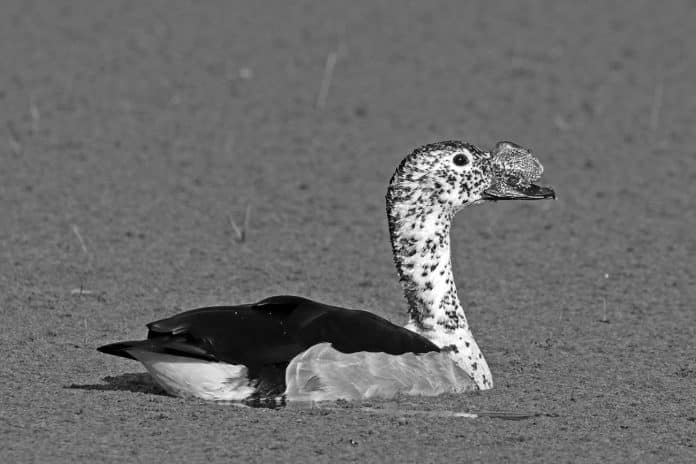Unveiling the Secret Life of the Knob-Billed Duck in Tanzania: Nature’s Most Exquisite Waterfowl
The Knob-billed Duck, also known as the Comb Duck, is a unique species of waterfowl found in Tanzania. Its physical characteristics and distinctive mating rituals make it one of the most fascinating creatures in the animal kingdom. In this article, we will explore the secret life of the Knob-billed Duck, its habitat and distribution in Tanzania, its behaviors and mating rituals, feeding habits and diet, conservation status, the importance of the Knob-billed Duck in the ecosystem, tips for spotting it in Tanzania, and available tours for observing the stunning beauty of these exquisite waterfowl.
Introduction to the Knob-billed Duck
The Knob-billed Duck is a large species of waterfowl that is distributed throughout Sub-Saharan Africa, Madagascar, and southern Asia. It is known for its distinctive knob-shaped protuberance on its beak, which is more prominent in males than females. The Knob-billed Duck is a unique species, and its physical characteristics and mating rituals make it one of the most fascinating creatures in the animal kingdom.
Habitat and Distribution of the Knob-billed Duck in Tanzania
In Tanzania, the Knob-billed Duck is found in freshwater bodies such as lakes, swamps, and rivers. It is distributed throughout the country, with sightings reported in Serengeti National Park, Kilimanjaro National Park, and Lake Manyara National Park. The Knob-billed Duck is a migratory bird, and during the dry season, it moves to wetlands and swamps in search of food and shelter.
Physical Characteristics of the Knob-billed Duck
The Knob-billed Duck has a unique appearance that sets it apart from other waterfowl species. Its most distinctive feature is the knob-shaped protuberance on its beak, which is more prominent in males than females. The Knob-billed Duck has a brownish-black plumage, with white and brown speckles on its breast and sides. It has a long neck and a streamlined body that allows it to swim effortlessly through the water.
Behaviors and Mating Rituals of the Knob-billed Duck
The Knob-billed Duck is a social bird that lives in flocks and is known for its distinctive mating rituals. During the breeding season, males engage in elaborate courtship displays to attract females. This includes bobbing their heads, inflating their necks, and making a series of grunting sounds. Once a female is interested, the male will swim around her, nodding his head and making a series of calls. If the female is interested, she will swim away, and the male will follow her, continuing his courtship display.
Feeding Habits and Diet of the Knob-billed Duck
The Knob-billed Duck is an omnivorous bird that feeds on a variety of foods, including insects, crustaceans, fish, and plants. It is known to forage both on land and in water, using its long neck to reach underwater vegetation. The Knob-billed Duck is also known for its unique feeding behavior, where it will use its beak to comb through the water, filtering out small invertebrates and other food sources.
Conservation Status of the Knob-billed Duck in Tanzania
The Knob-billed Duck is classified as a species of “Least Concern” by the International Union for Conservation of Nature (IUCN). However, its population is declining due to habitat loss and hunting. In Tanzania, the Knob-billed Duck is protected under the Wildlife Conservation Act of 2009, which prohibits the hunting, killing, or capturing of the species.
The Importance of the Knob-billed Duck in the Ecosystem
The Knob-billed Duck plays an important role in the ecosystem, as it helps to control the populations of insects, crustaceans, and small fish. Its unique feeding behavior also helps to maintain the health and balance of freshwater ecosystems. Additionally, the Knob-billed Duck is a keystone species, which means that its presence is an indicator of a healthy wetland ecosystem.
Tips for Spotting the Knob-billed Duck in Tanzania

If you are interested in spotting the Knob-billed Duck in Tanzania, the best time to do so is during the dry season, when the birds congregate in wetlands and swamps. Look for freshwater bodies such as lakes, rivers, and swamps, and keep an eye out for their distinctive knob-shaped protuberance on their beak. The Knob-billed Duck is most active early in the morning and late in the afternoon, so plan your spotting trip accordingly.
Knob-billed Duck Watching Tours and Excursions in Tanzania
If you want to get up close and personal with the Knob-billed Duck, there are several tours and excursions available in Tanzania. These tours are led by experienced guides who will take you to the best spots for spotting the birds and provide you with interesting information about their behaviors and characteristics. Some of the most popular tours include the Serengeti National Park Tour, the Kilimanjaro National Park Tour, and the Lake Manyara National Park Tour.
Conclusion: Appreciating the Beauty and Diversity of Nature’s Most Exquisite Waterfowl
The Knob-billed Duck is a unique and fascinating species of waterfowl that is found in Tanzania. Its distinctive physical characteristics and mating rituals make it one of the most captivating creatures in the animal kingdom. By understanding the Knob-billed Duck’s behaviors, habitat, and importance in the ecosystem, we can appreciate the beauty and diversity of nature’s most exquisite waterfowl. So, plan a trip to Tanzania and witness the stunning beauty of the Knob-billed Duck for yourself!
For more articles related to Wildlife in Tanzania (Animals), click here!


































